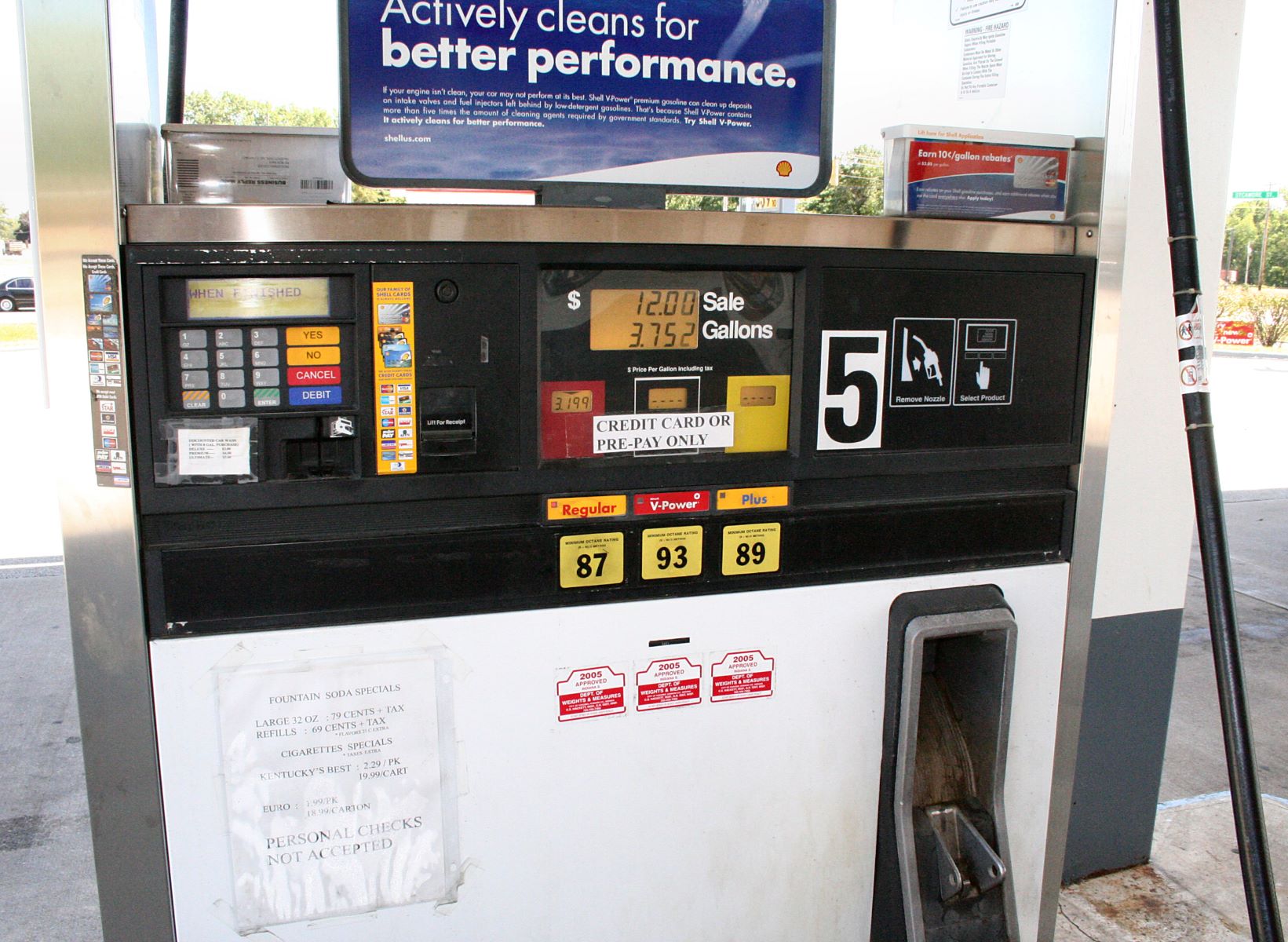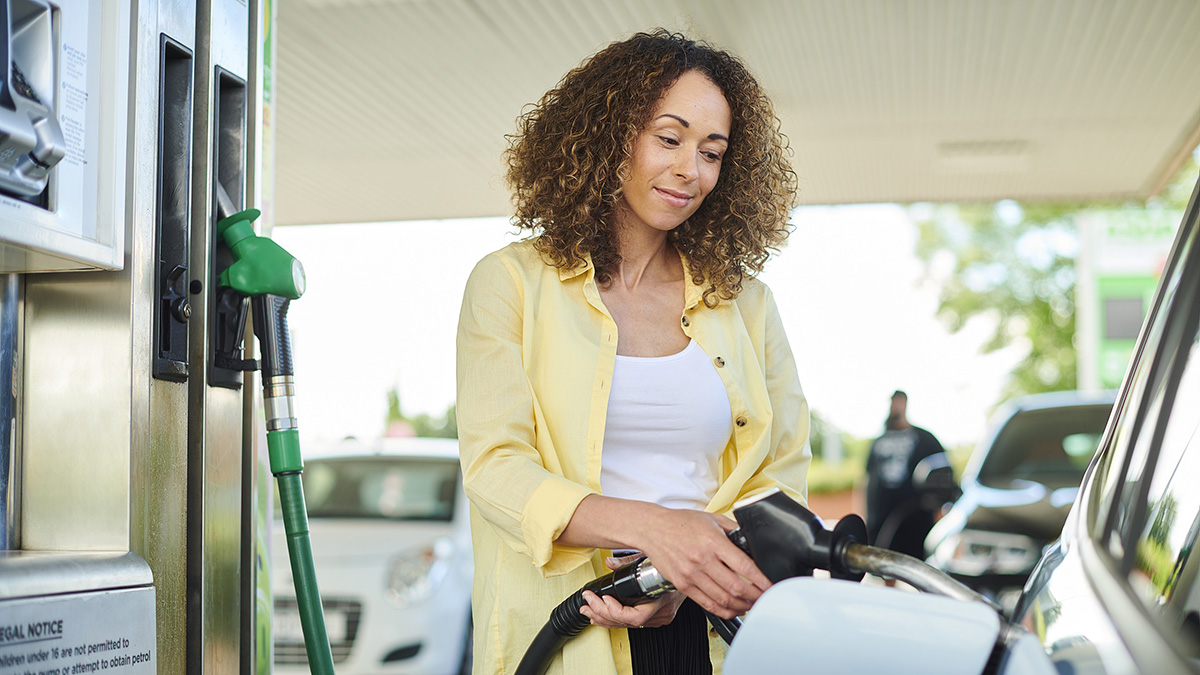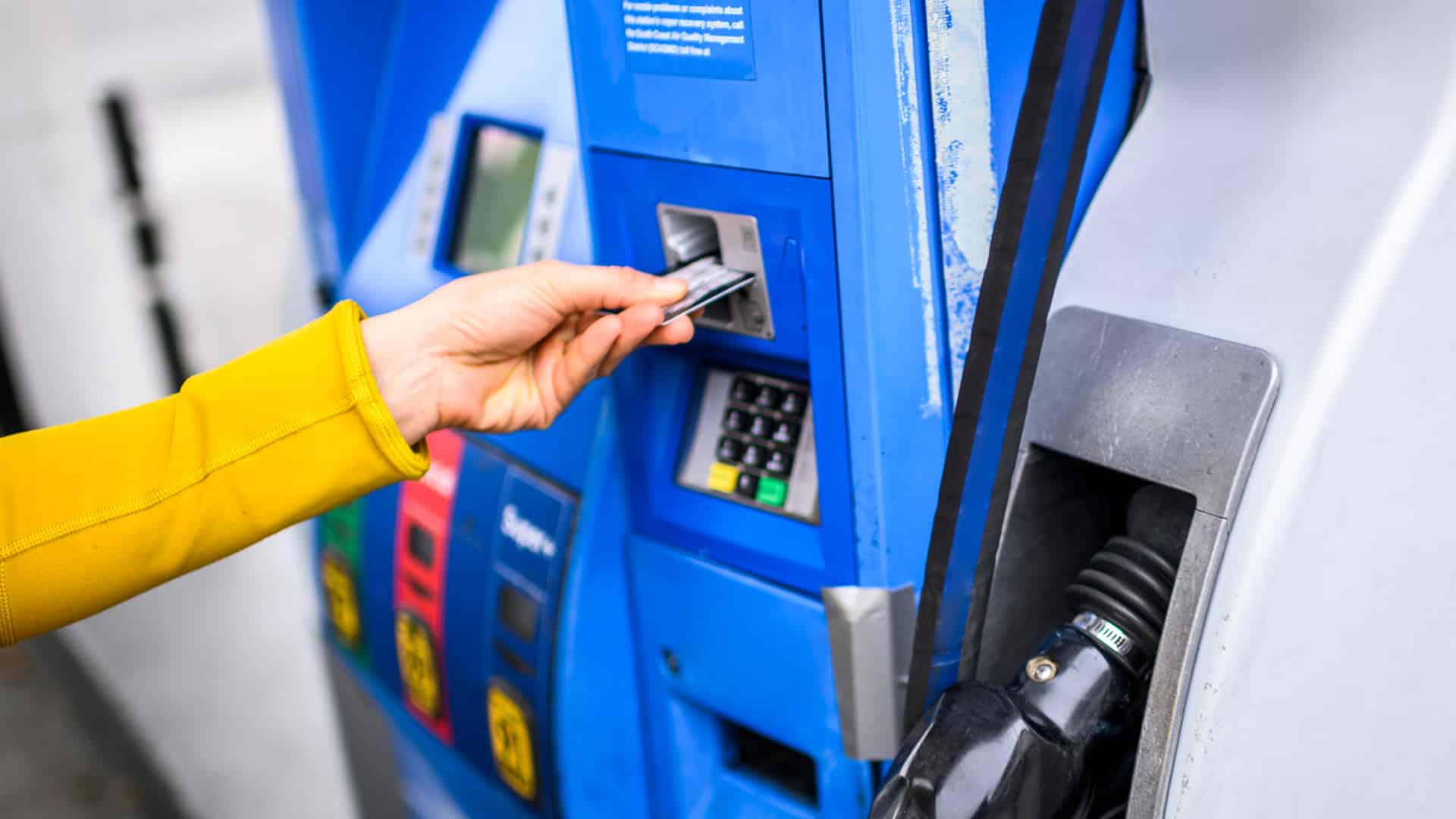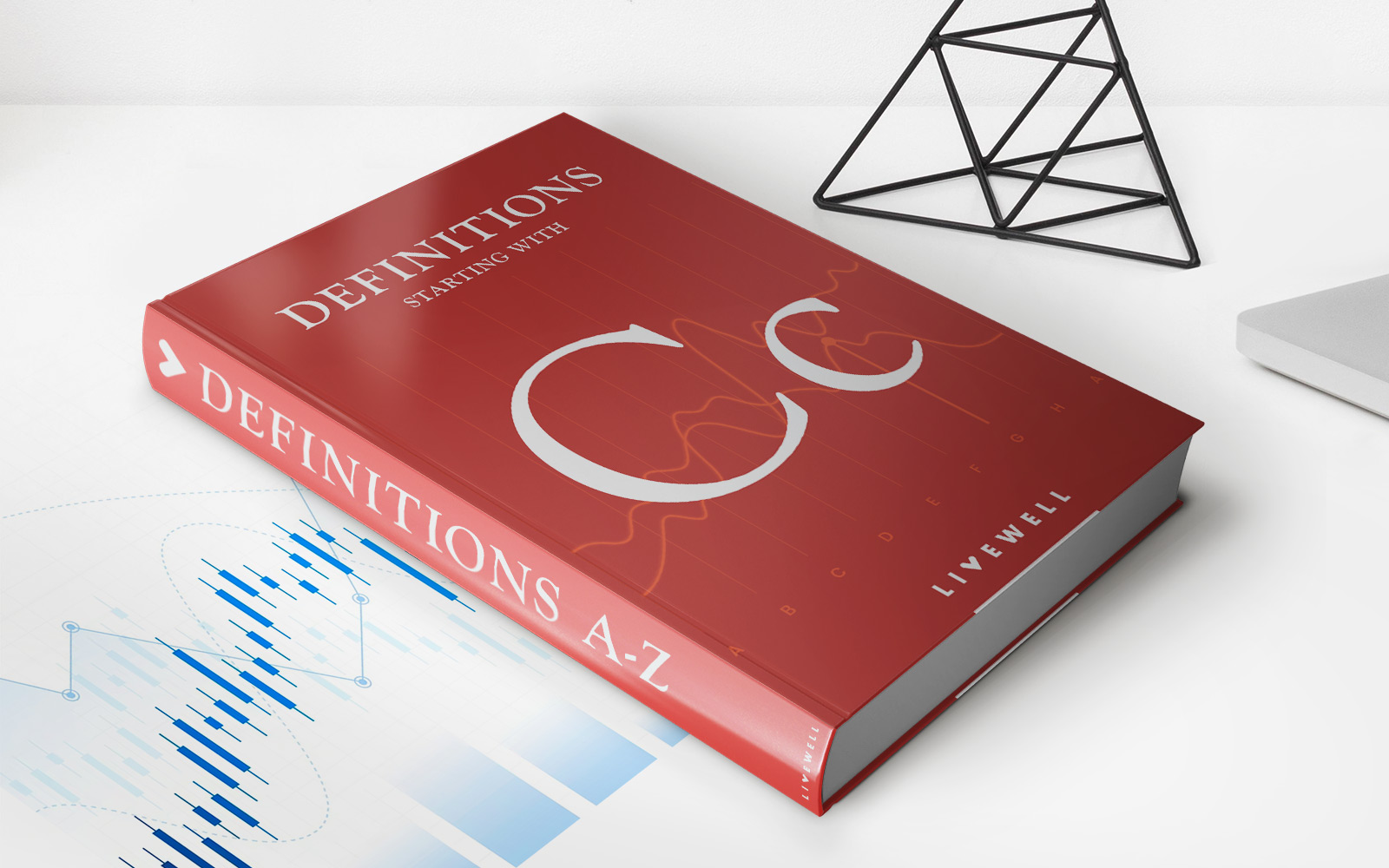Home>Finance>Why Do Gas Stations Put A Hold On Your Credit Card
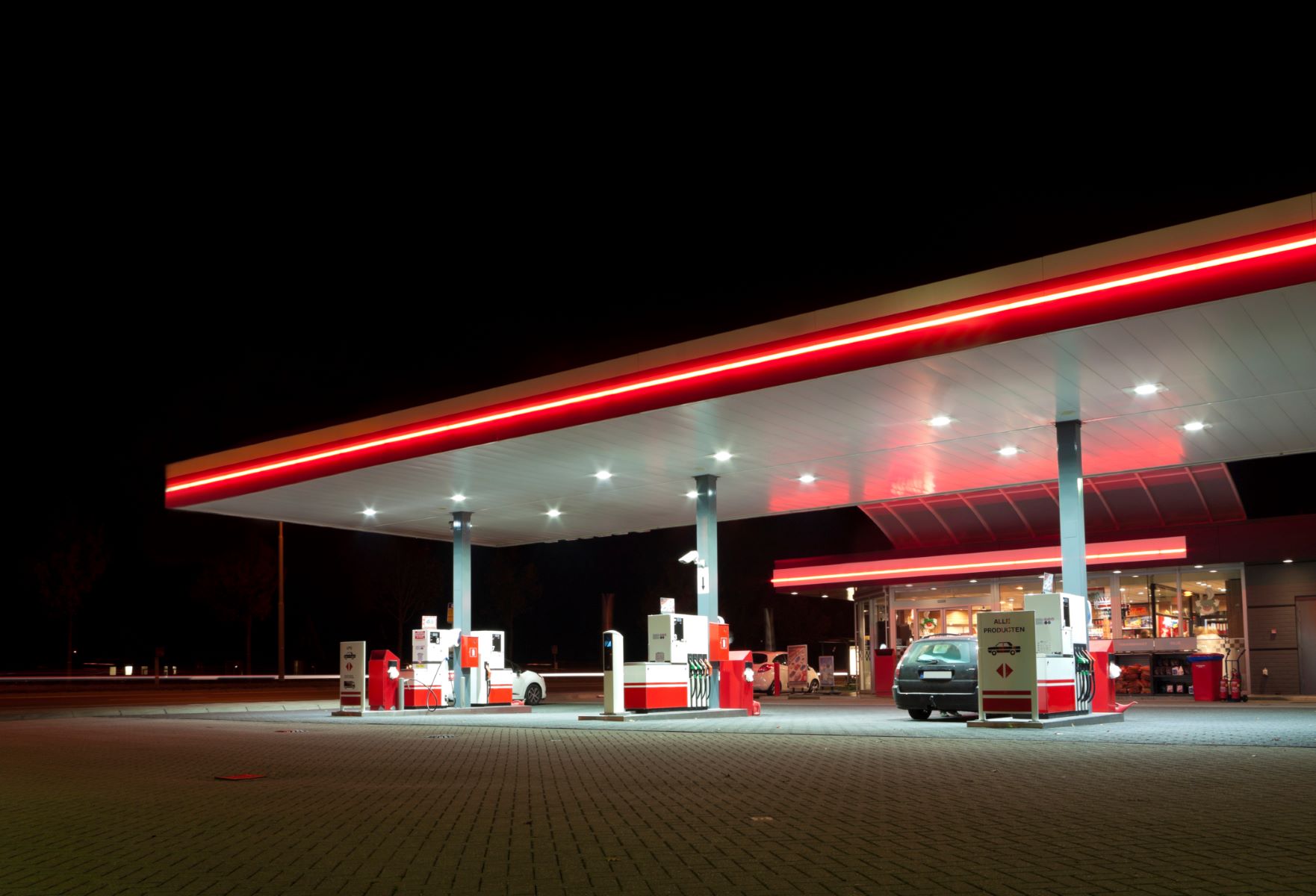

Finance
Why Do Gas Stations Put A Hold On Your Credit Card
Published: October 24, 2023
Discover why gas stations put a temporary hold on your credit card, and how it affects your finances. Get insights and tips on managing this common practice in the industry.
(Many of the links in this article redirect to a specific reviewed product. Your purchase of these products through affiliate links helps to generate commission for LiveWell, at no extra cost. Learn more)
Table of Contents
Introduction
Have you ever wondered why gas stations put a hold on your credit card when you fill up your tank? It can be frustrating to see a pending transaction for a larger amount than what you actually purchased. But there’s a reason behind this seemingly puzzling practice.
When you swipe your credit card at a gas station, the fuel pump authorizes a certain amount, typically $75 or more, to ensure that you have enough available credit to cover the cost of a full tank. This hold is temporary and will eventually be replaced by the actual transaction amount.
Understanding why gas stations put a hold on your credit card can help you navigate this process with ease and avoid any potential confusion or financial strain. In this article, we will dig deeper into the reasons behind this practice and shed light on how the hold on your credit card works.
So, let’s dive in and explore the world of credit card holds at gas stations.
Understanding the Hold on Your Credit Card
When you use your credit card at a gas station, a temporary hold, also known as an authorization, is placed on your card. This hold ensures that you have sufficient available credit to cover the potential purchase amount.
The reason behind this hold is the nature of the transaction at gas stations. Unlike other retail purchases where you typically know the exact amount you will be charged, such as when buying groceries or clothing, the final amount at a gas station can vary depending on how much fuel you pump.
Gas stations usually set a predetermined amount for the hold, such as $75, to ensure that customers have enough credit to cover a full tank fill-up or a reasonable amount of fuel. This is done to protect both the gas station and the card issuer from the risk of insufficient funds.
It’s important to note that the hold amount may vary depending on the gas station or the type of fuel you’re purchasing. Some stations may have a higher or lower hold amount, so it’s always a good idea to check with the specific gas station if you have any concerns.
While the hold on your credit card may seem like an inconvenience, it serves a purpose in preventing potential fraud or unauthorized charges. By placing a hold, the gas station ensures that the customer has the financial means to cover the transaction before allowing the fuel to be dispensed.
It’s also worth mentioning that the hold is not an actual charge. The amount that appears as a pending transaction on your credit card statement is simply a temporary hold, and it will be replaced by the actual transaction amount once it is processed.
Now that we have a clearer understanding of why gas stations put a hold on your credit card, let’s explore the specific reasons behind this practice in the next section.
Reasons for Gas Stations to Put a Hold on Your Credit Card
Gas stations have several reasons for putting a hold on your credit card when you make a purchase. These reasons are designed to protect both the station and the cardholder from potential issues or fraud. Let’s take a closer look at some of the main reasons:
- Avoiding insufficient funds: Gas stations want to ensure that customers have enough available credit to cover the cost of fuel. By placing a hold on the card, they can verify the customer’s credit limit and prevent situations where the customer doesn’t have sufficient funds to pay for the transaction.
- Preventing fraudulent activity: Placing a hold on the card provides an extra layer of security. It helps gas stations detect and prevent fraudulent transactions, such as stolen credit cards or unauthorized use of the card. The hold allows the station to verify that the card being used is legitimate and that the customer has the proper authorization to make the purchase.
- Gaining authorization for a large purchase: Filling up a gas tank can be a significant transaction, especially for vehicles with larger tanks or commercial vehicles. By placing a hold, gas stations can ensure they have proper authorization for the larger purchase amount, minimizing the risk of customers driving away without paying for the full amount pumped.
- Managing card transaction fees: Gas stations incur fees for processing credit card transactions. By placing a hold on the card, they can estimate the potential cost of the transaction and ensure that they can cover the associated processing fees. This helps them manage their expenses and maintain profitability.
- Streamlining payment process: Placing a temporary hold on the credit card helps speed up the payment process. Instead of waiting for the actual transaction amount to be processed, the hold allows gas stations to quickly authorize the customer’s payment and dispense fuel without any delays or interruptions.
Understanding the reasons behind gas stations putting a hold on your credit card can help alleviate any frustration or confusion that may arise from seeing a higher pending transaction amount. It’s important to remember that the hold is a standard practice aimed at protecting both the gas station and the cardholders from potential issues or fraudulent activity.
Now that we know why gas stations put a hold on your credit card, let’s explore how exactly the hold on your credit card works in the next section.
How the Hold on Your Credit Card Works
When you swipe your credit card at a gas station, a hold is placed on your account for a specific amount of money. This hold is a temporary authorization that ensures you have enough available credit to cover your potential fuel purchase.
The process typically unfolds as follows:
- When you insert your card at the pump or provide it to the attendant, the gas station’s payment system communicates with your credit card issuer to verify your card details and available credit limit.
- The gas station’s system then authorizes a certain amount, usually around $75 or more, to be held on your credit card. This amount is chosen to account for a full tank fill-up or a reasonable fuel purchase.
- As you begin pumping fuel, the gas station tracks the amount you’re actually pumping. However, the hold remains on your card for the authorized amount, even if you end up pumping less fuel.
- Once you finish refueling and replace the nozzle, the gas pump sends a final transaction amount to the gas station’s system.
- Within a few days, the gas station’s system will reconcile the final transaction amount and release the hold on your credit card.
- The final transaction amount will then be processed, and the appropriate charge will appear on your credit card statement.
It’s essential to keep in mind that the hold amount and the final transaction amount may differ. If you pumped less fuel than the authorized amount, the final charge will reflect the actual amount pumped, and the excess hold will be released back to your available credit.
The timing of when the hold is released and the final transaction is processed may vary depending on your credit card issuer, but it usually takes a few business days.
It’s also worth noting that some credit cards may display the hold amount as a pending transaction on your statement. This pending transaction does not indicate an actual charge but rather the temporary authorization that will be replaced by the final transaction.
Understanding how the hold on your credit card works can help you navigate the process without any confusion or concern. It allows you to better manage your available credit and have a clear understanding of the transaction process at gas stations.
Next, let’s examine some potential issues and concerns that may arise with holds on credit cards at gas stations.
Potential Issues and Concerns with Holds on Credit Cards
While the practice of placing a hold on your credit card at gas stations is a standard procedure, it can sometimes result in a few issues or concerns. Let’s explore some of the potential challenges you may encounter:
- Temporary reduction in available credit: The hold amount can temporarily reduce your available credit, which may impact your ability to make other purchases until the hold is released. This can be an inconvenience if you have a low credit limit or if you need to use your credit card for another transaction shortly after visiting the gas station.
- Delayed release of the hold: In some cases, the gas station may take longer to release the hold on your credit card than expected. This delay can be frustrating, especially if you are relying on the released funds for other expenses. It’s important to keep track of the hold and contact your credit card issuer if it remains on your account for an extended period.
- Overlapping holds: If you visit multiple gas stations within a short period, it’s possible that the holds placed on your credit card can overlap. This can further impact your available credit and potentially cause confusion when reviewing your credit card statement. It’s important to keep track of your transactions and contact your credit card issuer if you notice any discrepancies or overlapping holds.
- Accounting for large holds: Some credit card issuers may require a higher available credit to account for the holds placed by gas stations. This requirement can be especially relevant if you have a low credit limit or are using a secured credit card. It’s important to check with your credit card issuer to understand their policy on hold amounts and available credit requirements.
- Incorrect hold amounts: Although rare, there have been instances where gas stations have placed holds for incorrect amounts on credit cards. This can lead to discrepancies between the authorized hold and the actual transaction amount. If you suspect that the hold amount is incorrect, it’s crucial to contact the gas station or your credit card issuer to address the issue promptly.
It’s important to stay vigilant and monitor your credit card statements regularly to ensure that holds are properly released and that there are no unauthorized charges. If you encounter any issues or concerns with holds on your credit card at gas stations, reach out to your credit card issuer for assistance.
Now that we’ve discussed potential issues and concerns, let’s move on to some helpful tips for dealing with holds on your credit card at gas stations.
Tips for Dealing with Holds on Your Credit Card at Gas Stations
Dealing with holds on your credit card at gas stations can be a smooth process if you follow these helpful tips:
- Monitor your credit card activity: Keep a close eye on your credit card statements and transaction history. This will help you identify any unauthorized charges, overlapping holds, or discrepancies between the hold amount and the final transaction amount.
- Keep track of your available credit: Since holds can temporarily reduce your available credit, it’s essential to be mindful of how much credit you have remaining for other purchases. Consider budgeting accordingly and avoid relying solely on your credit card for immediate expenses.
- Plan your fuel purchases: If possible, plan your fuel purchases strategically to minimize the impact of holds on your credit card. For example, instead of frequently filling up small amounts, try refueling when your tank is closer to empty to minimize the frequency of holds.
- Use alternative payment methods: If you’re concerned about the hold on your credit card or if you have a low credit limit, consider using alternative payment methods when refueling. Cash or a debit card can be viable options that do not involve holds on your credit card.
- Communicate with the gas station: If you encounter any issues or concerns regarding the hold on your credit card, don’t hesitate to reach out to the gas station. They may be able to provide clarification or assist in resolving any discrepancies.
- Contact your credit card issuer: If you believe a hold has been unfairly placed or if you experience an undue delay in the release of the hold, contact your credit card issuer. They can investigate the matter and provide guidance on how to resolve the issue.
- Be patient: Remember that holds are a standard practice at gas stations and play a crucial role in preventing fraud. While the hold may temporarily affect your available credit, it will eventually be released, and the final transaction amount will be processed.
By following these tips and being proactive, you can navigate the process of holds on your credit card at gas stations more effectively. It’s important to stay informed and address any concerns promptly to ensure a positive experience.
Next, let’s conclude our discussion on why gas stations put holds on your credit card.
Conclusion
The practice of gas stations placing a hold on your credit card serves important purposes for both the station and the cardholder. By understanding the reasons behind the hold and how it works, you can navigate this process with ease and avoid any potential confusion or financial strain.
Gas stations put holds on credit cards to ensure that customers have sufficient available credit to cover the potential purchase amount, prevent fraud, authorize larger purchases, manage transaction fees, and streamline the payment process. These holds are temporary and will be replaced by the actual transaction amount.
While holds on credit cards can sometimes cause issues or concerns, such as temporary reduction in available credit or delayed release of the hold, being vigilant, monitoring your credit card activity, and communicating with both the gas station and your credit card issuer can help address any potential problems.
By following tips such as monitoring your credit card activity, keeping track of your available credit, planning your fuel purchases, considering alternative payment methods, and being patient, you can effectively deal with holds on your credit card at gas stations.
Remember, the holds placed by gas stations are necessary to protect both the station and the cardholders. By having a clear understanding of this process, you can navigate fuel purchases with confidence and ensure a smooth experience.
In conclusion, while it might be frustrating to see a hold on your credit card at a gas station, it is a standard procedure designed to safeguard against fraud and ensure a seamless payment process. By familiarizing yourself with the reasons for these holds and following the tips provided, you can make your fuel purchases with peace of mind.
So, the next time you visit a gas station and see a hold on your credit card, remember that it’s just a temporary measure that will be resolved, allowing you to fuel up and continue on your journey.


